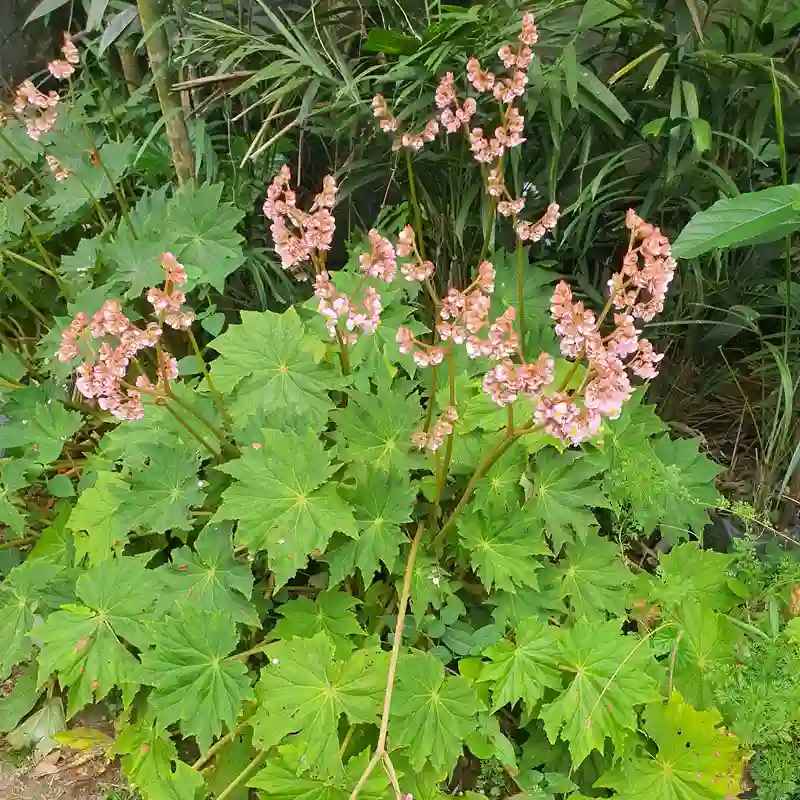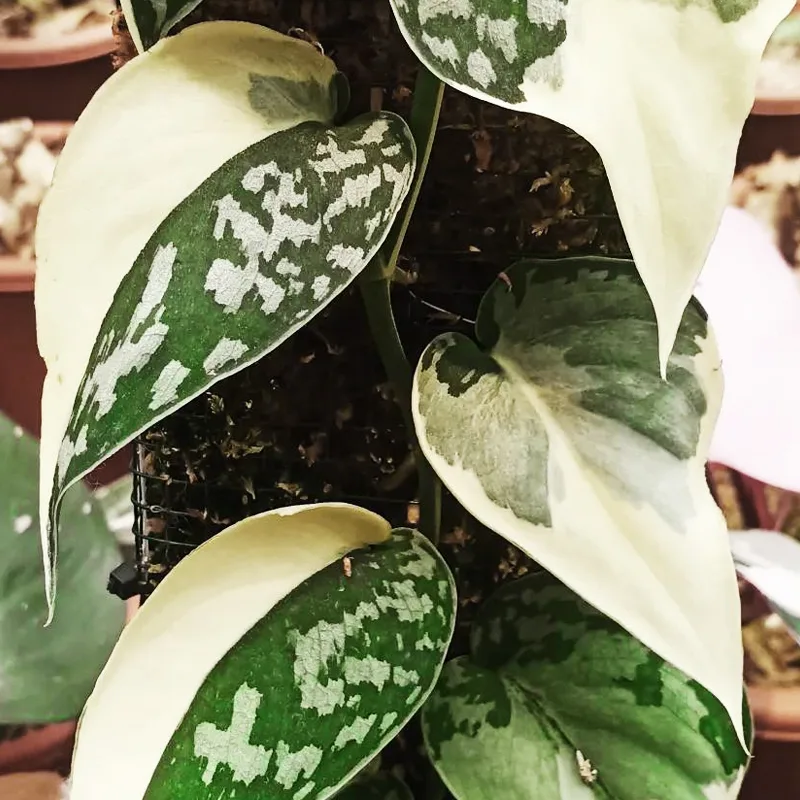The Humble Soybean and Its Wild Cousins: An Exploration of the Glycine Genus
I’ve always been fascinated by the diversity of life, the way seemingly simple organisms can hold such complex stories. Take the soybean, for example. This unassuming bean, a staple in kitchens worldwide, belongs to a genus called Glycine, a group of plants with a fascinating history and a surprising amount of variety.
As a plant enthusiast, I find myself drawn to the Glycine genus. It’s a group of legumes, part of the Fabaceae family, known for their ability to fix nitrogen in the soil. This means they can convert atmospheric nitrogen into a usable form for plants, making them crucial for soil health and ecosystem function.
Diving Deep into Diversity
While most people only know the cultivated soybean (Glycine max), the Glycine genus is actually far more diverse. It comprises about 28 species, with the majority native to Australia. Imagine my surprise when I learned that this humble bean, so ingrained in East Asian cuisine, actually has its roots down under!
- Glycine albicans Tindale & Craven
- Glycine aphyonotos B.E.Pfeil
- Glycine arenaria Tindale
- Glycine argyrea Tindale
- Glycine canescens F.J.Herm.
- Glycine clandestina J.C.Wendl.
- Glycine curvata Tindale
- Glycine cyrtoloba Tindale
- Glycine dolichocarpa Tateishi & H.Ohashi
- Glycine falcata Benth.
- Glycine gracei B.E.Pfeil & Craven
- Glycine hirticaulis Tindale & Craven
- Glycine koidzumii Ohwi
- Glycine lactovirens Tindale & Craven
- Glycine latifolia (Benth.) Newell & T.Hymowitz
- Glycine latrobeana (Meisn.) Benth.
- Glycine max (L.) Merr.
- Glycine microphylla (Benth.) Tindale
- Glycine montis-douglas B.E.Pfeil & Craven
- Glycine peratosa B.E.Pfeil & Tindale
- Glycine pindanica Tindale & Craven
- Glycine pullenii B.E.Pfeil, Tindale & Craven
- Glycine remota M.D.Barrett & R.L.Barrett
- Glycine rubiginosa Tindale & B.E.Pfeil
- Glycine stenophita B.E.Pfeil & Tindale
- Glycine syndetika B.E.Pfeil & Craven
- Glycine tabacina (Labill.) Benth.
- Glycine tomentella Hayata
The Importance of Wild Relatives
While the cultivated soybean dominates the agricultural landscape, its wild relatives hold a treasure trove of genetic diversity. These wild species have adapted to various environmental conditions, developing resistance to pests, diseases, and harsh climates.
This genetic diversity is crucial for the future of soybean cultivation. By studying and utilizing the genes of wild Glycine species, breeders can develop new soybean varieties that are more resilient, productive, and adaptable to climate change.
For instance, researchers are exploring the use of wild Glycine species to improve drought tolerance, disease resistance, and even nutritional content in cultivated soybeans. This work highlights the importance of conserving these wild relatives, as they hold the key to a sustainable future for soybean production.
Beyond the Bean: Ecological Significance
The Glycine genus plays a vital role in the ecosystems it inhabits. As legumes, these plants have a symbiotic relationship with nitrogen-fixing bacteria in the soil. These bacteria reside in nodules on the roots of Glycine plants, converting atmospheric nitrogen into a usable form for the plants.
This nitrogen fixation process not only benefits the Glycine plants themselves but also enriches the surrounding soil. This makes them valuable components of natural ecosystems and agricultural systems alike. In addition to their nitrogen-fixing abilities, Glycine species also provide food and habitat for a variety of wildlife. Their flowers attract pollinators like bees and butterflies, while their seeds and foliage serve as food sources for birds and other animals.
Looking Ahead
The Glycine genus, though often overlooked, holds immense potential for both agriculture and ecological conservation. The cultivated soybean, with its global importance as a food crop, relies on the genetic diversity of its wild relatives for its continued improvement and resilience.
As we face the challenges of climate change and food security, the Glycine genus offers a source of hope and innovation. By understanding and utilizing the diversity within this genus, we can work towards a more sustainable and resilient future for agriculture and the environment.
I, for one, am excited to see what the future holds for the Glycine genus. As we continue to explore its diversity and unlock its potential, we may find that this humble bean has much more to offer than we ever imagined.
If i die, water my plants!



